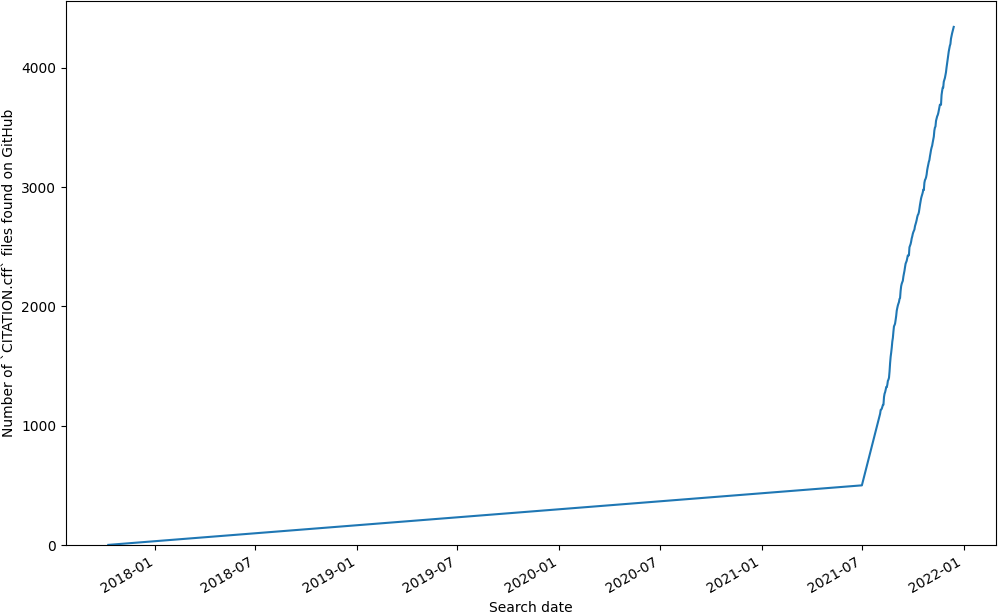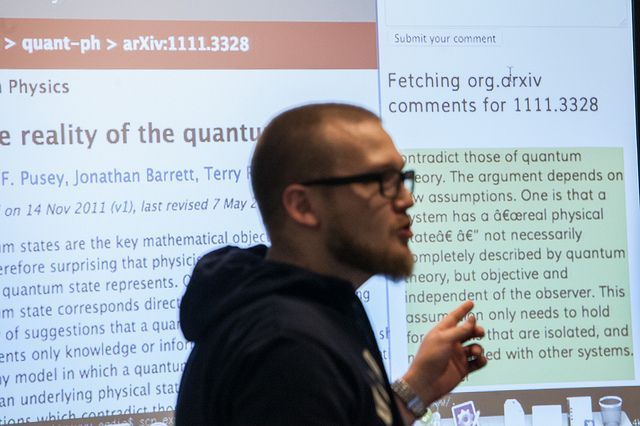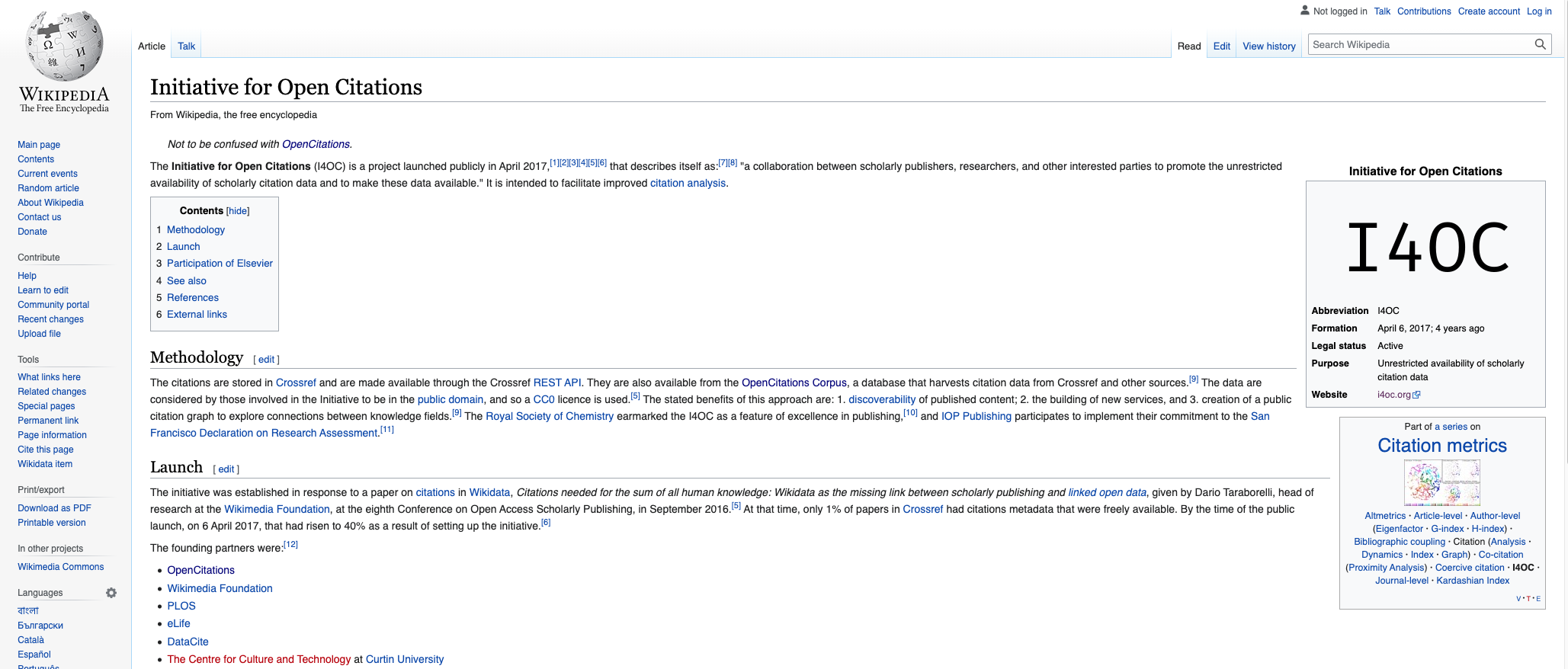
Feature images are commonly used for blog posts, including on this blog. We can use our screenshots or photos or stock photos (ideally license free or with an open license) from sites like Flickr, Unsplash, or Pexels. More recently, we can also use artificial intelligence tools such as DALL·E 2 that generate images from a description in natural language.









